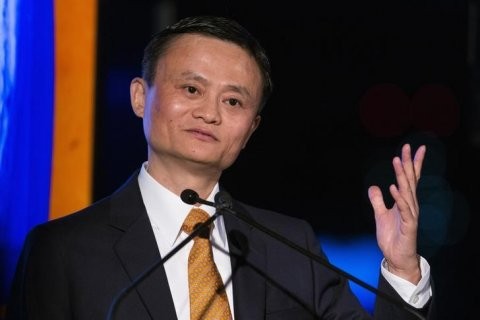Indian ECommerce Is on Fir Will Amazon and Alibaba Do About It
Post on: 16 Март, 2015 No Comment

Share:
The hottest e-commerce market in the world isnt in the U.S. or China. Its in India, and that poses a big challenge to Amazon and Alibaba as their global ambitions grow.
On Saturday, Flipkart perhaps the most popular online shopping site in India announced a massive $700 million investment. This would be a crazy enough sum on its own, except the company had just unveiled a $1 billion investment in the summer and, earlier, a $210 investment in the spring.
Not to be outdone, Flipkarts big rival Snapdeal landed a $600 million-plus investment exclusively from Japanese giant SoftBank in October. The investment was said to value Snapdeal at $2 billion. Eight months earlier, eBay had led a $133 million investment in Snapdeal. as it attempted to align itself with one of the nations two future shopping powerhouses.
Why the Uber-like craze from investors, not to mention Alibaba and Amazon? India is the second-most populous country in the world, and while the online retail market there is relatively tiny today with $3.2 billion in sales estimated for this year it is expected to grow at least 50 percent year over year in each of the next four years. The opportunity for growth is massive.
Whats more, Internet usage is exploding and so is the presence of mobile phones. which are becoming the go-to shopping device for many in the country. At the beginning of this year, Snapdeal said about 25 percent of its transactions were completed on mobile phones. By August, that number had increased to 60 percent, CEO Kunal Bahl told Re/code this summer .
So what do Amazon and Alibaba do about this market as each seeks to become the preeminent global e-commerce power? Amazon launched an online marketplace in India in 2013, listing products for sale from third-parties only. Indian regulations prevent Amazon from selling products itself as the merchant of record like it does in the U.S. and elsewhere but it has reportedly been lobbying for change.
The company announced this summer that it would invest $2 billion in its India online marketplace, a day after Flipkart had publicized its own $1 billion investment. This was typical Jeff Bezos gamesmanship; Amazon didnt give a timeline for its investment, since the announcement was as much about overshadowing Flipkart as anything else.
In Snapdeal and Flipkart, Amazon is facing off against two well-capitalized, homegrown foes. But Amazon, as always, has a long horizon on investments, and appears to be willing to slug it out with the two India competitors for a while.
The open question is what happens if Amazon recognizes at some point that it isnt making up enough ground. Pump more money into a country that is poised to become a giant e-commerce power, or attempt a multi-billion acquisition? The latter is something it has never done. Its also unclear what regulatory hurdles, if any, such a deal might face.
Alibabas wholesale marketplace, Alibaba.com, includes both India buyers and sellers, but the company doesnt have a serious consumer-facing presence in India. That makes its prospects in India a bit cloudier. Alibaba Group chairman Jack Ma told reporters in November that his company will invest more in India, but didnt provide many details.
One likely scenario is that Alibaba ends up investing in Snapdeal. Both companies count SoftBank as their largest investor and both eschew the idea of holding inventory, instead priding themselves on hosting a neutral platform where buyers and sellers meet. Plus, in interviews with Re/code over the last year, Snapdeals Bahl has made a point of highlighting the similarities between his company and Alibaba. Smart man.














